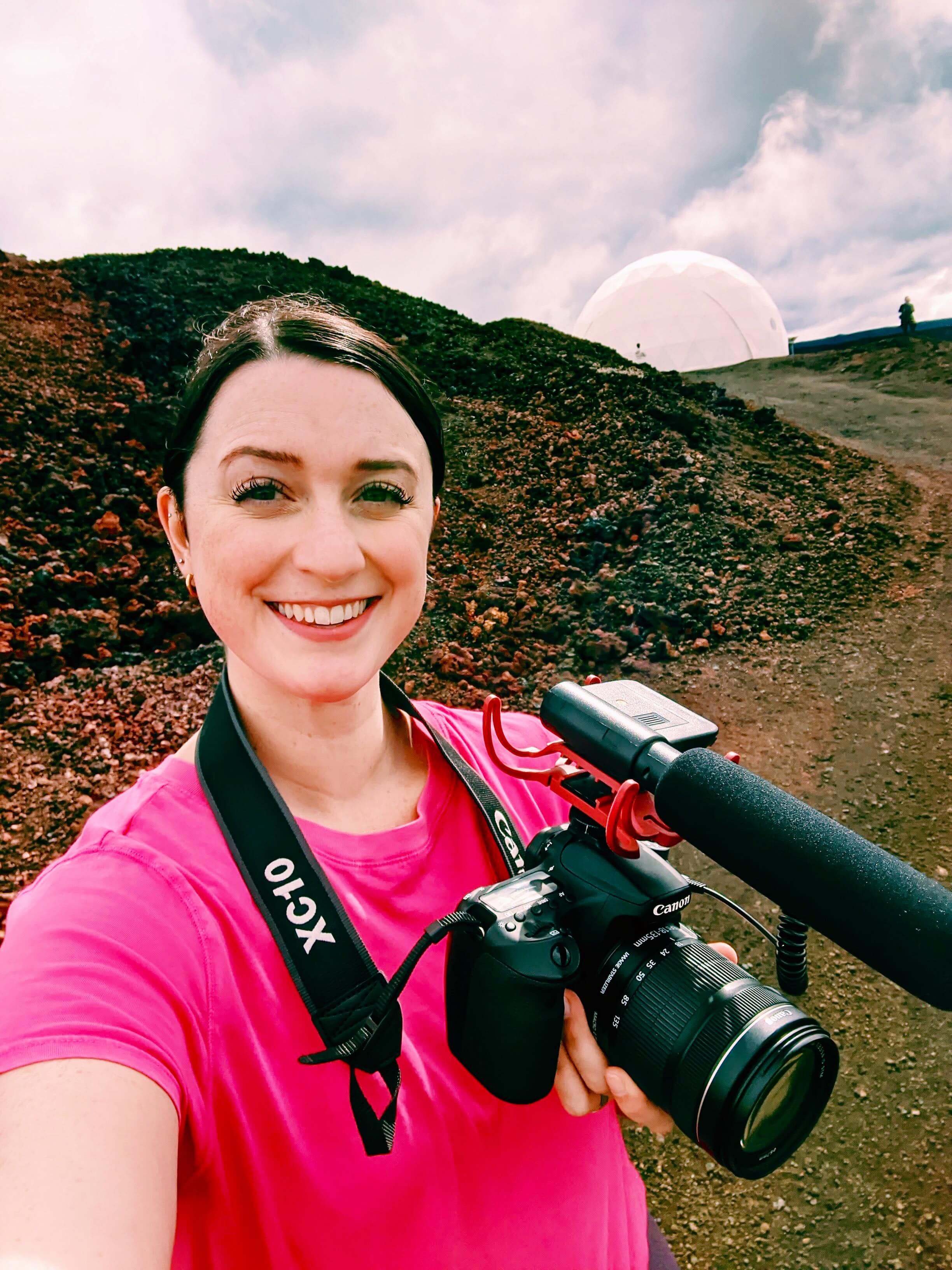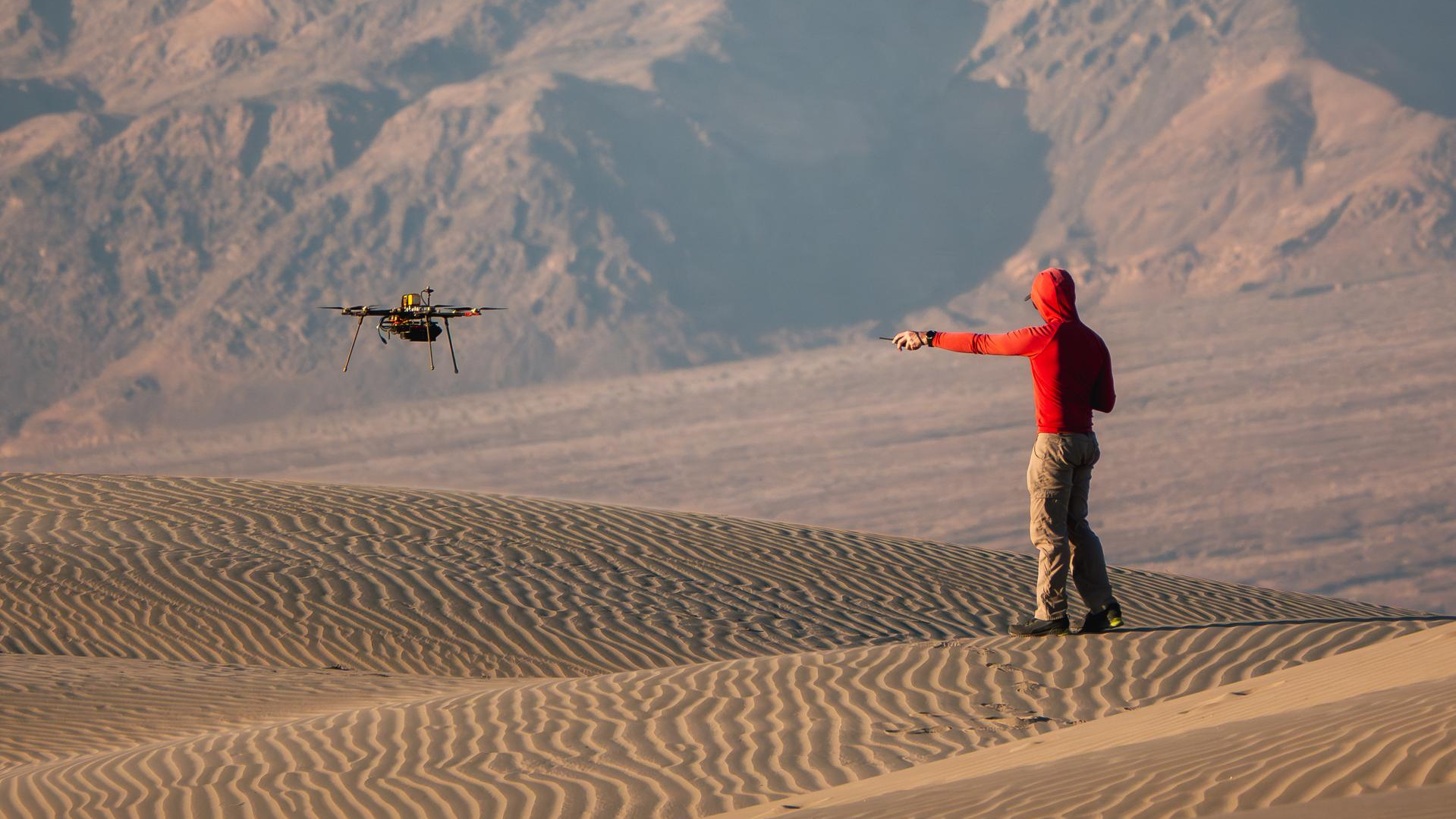See a sunset on Uranus, other worlds (and a moon, too) in this NASA simulator
If you watched the sun set on Uranus, the sky would start off as a brilliant blue and fade into deeper blues with striking turquoise notes. So how do we know that?
Geronimo Villanueva, a planetary scientist at NASA's Goddard Space Flight Center, visualized what sunsets look like on Uranus (at the 1-minute, 43-second mark in the video above), as well as on Earth, Mars, Venus and Saturn's largest moon Titan while building a computer modeling tool for a potential future mission to Uranus. This tool is being developed with the ultimate goal to perhaps one day carry it through Uranus' atmosphere to study the atmosphere in person, according to a NASA statement.
But for now, because sunsets happen with planets rotate away from the light of their star (in our case, the sun) and during this process photons (light particles) are scattered in different directions depending on the types of molecules in the atmosphere, these simulations are a valuable tool for exploring far-off atmospheres.
Using known information about these worlds' atmospheres, Villanueva created a set of sky simulations that show what sunset would look like on these worlds. In the animations created from these simulations, the view is what you would see if you were looking up at the sky from these worlds through a wide camera lens, with a white dot representing the sun's location.
While, in this simulation, sunset on Uranus is a stunning ombre of blue tones, the sky on Venus shifts from a dull yellow to a muddy brown, the sky on Mars appears as a greyish-brown spectacle and Titan's shifting sky moves from a vibrant orange-yellow to a deep, burnt orange.
These sky simulations are now part of an online tool known as the Planetary Spectrum Generator, which was developed by scientists at NASA Goddard (including Villanueva). With this generator, scientists can simulate how light moves through the atmospheres of objects ranging from planets to comets. With this tool, scientists can explore the atmospheres of far-off worlds and rocky objects and better understand their surfaces and atmospheres, according to the same statement.
- Inside the gas giant Uranus (infographic)
- Uranus: Latest news about the seventh planet from the sun
- NASA's Goddard Space Flight Center: Exploring Earth and space by remote control
Email Chelsea Gohd at cgohd@space.com or follow her on Twitter @chelsea_gohd. Follow us on Twitter @Spacedotcom and on Facebook.
Breaking space news, the latest updates on rocket launches, skywatching events and more!
OFFER: Save 45% on 'All About Space' 'How it Works' and 'All About History'!
For a limited time, you can take out a digital subscription to any of our best-selling science magazines for just $2.38 per month, or 45% off the standard price for the first three months.

Chelsea “Foxanne” Gohd joined Space.com in 2018 and is now a Senior Writer, writing about everything from climate change to planetary science and human spaceflight in both articles and on-camera in videos. With a degree in Public Health and biological sciences, Chelsea has written and worked for institutions including the American Museum of Natural History, Scientific American, Discover Magazine Blog, Astronomy Magazine and Live Science. When not writing, editing or filming something space-y, Chelsea "Foxanne" Gohd is writing music and performing as Foxanne, even launching a song to space in 2021 with Inspiration4. You can follow her on Twitter @chelsea_gohd and @foxannemusic.

